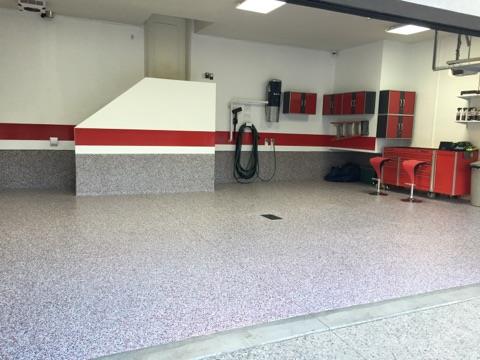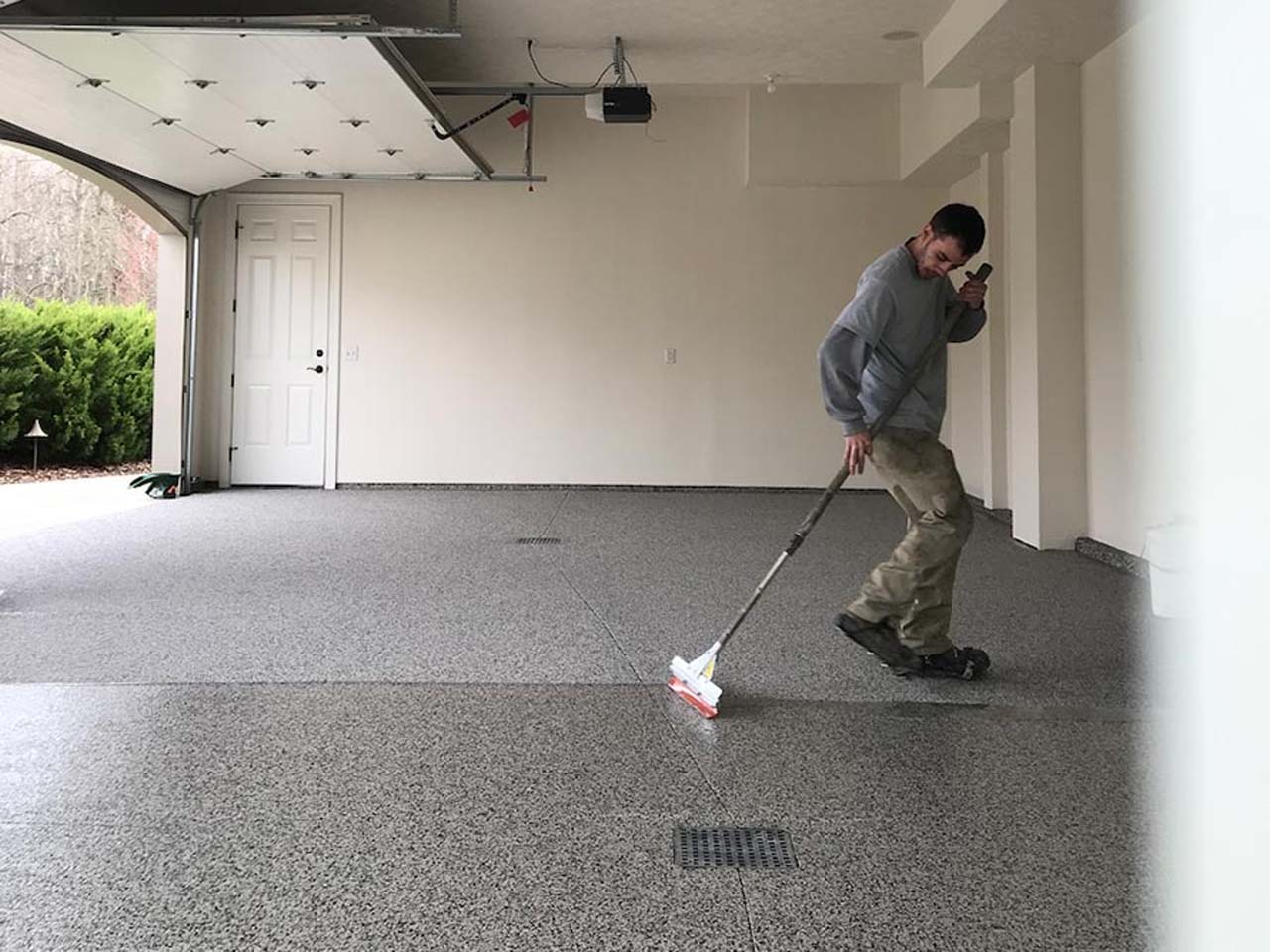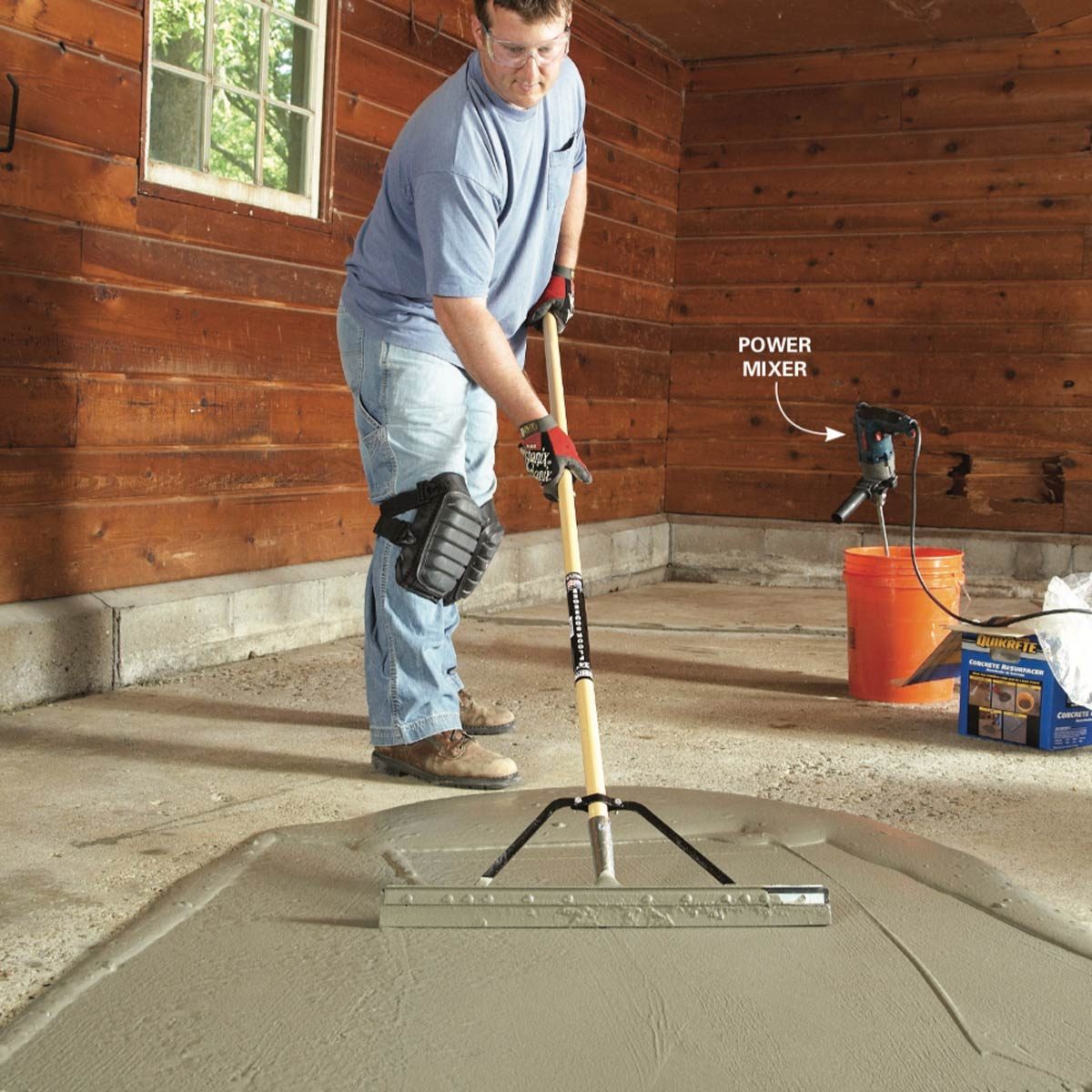Assess the Condition of Your Garage Floor
Before starting any work, evaluate the current state of your garage floor. This step will help you determine the extent of repairs or upgrades needed.
-
Inspect for Cracks and Damage: Look for visible cracks, chips, or uneven surfaces. Small cracks can often be repaired, but larger ones may require professional attention.
-
Check for Stains: Oil, grease, and chemical spills can leave stubborn stains. Identify these areas to determine if specialized cleaning or sealing is required.
-
Evaluate the Surface Finish: Determine if the existing sealant or coating is still intact or if it has worn away. This will help you decide whether to resurface or apply a new finish.
-
Consider the Age of the Concrete: Older floors may have deeper structural issues, such as settling or erosion. A professional assessment can help identify these problems.
-
Define Your Goals: Decide whether you want a simple repair, a decorative finish, or a complete replacement. Your goals will guide the rest of the process.

Clean and Prepare the Surface
Proper preparation is crucial for ensuring the new finish adheres well and lasts longer.
-
Remove Debris: Sweep or vacuum the floor to remove dirt, dust, and loose particles.
-
Deep Clean Stains: Use a degreaser or concrete cleaner to tackle oil, grease, or chemical stains. A pressure washer can be effective for thorough cleaning.
-
Repair Cracks and Holes: Fill small cracks with a concrete patching compound. For larger cracks, consider using a concrete resurfacer or consulting a professional.
-
Etch the Surface: Use a concrete etcher or acid wash to open up the pores of the concrete. This step ensures better adhesion for coatings or sealants.
-
Allow the Floor to Dry: Let the floor dry completely before moving on to the next step. Moisture can interfere with the application of coatings or sealants.
Choose the Right Flooring Option
There are several options for redoing your garage floor, each with its own benefits and considerations.
-
Concrete Resurfacing: A cost-effective option that involves applying a thin layer of concrete overlay to cover imperfections and create a smooth surface.
-
Epoxy Coatings: Durable and resistant to stains, epoxy coatings are popular for garage floors. They come in various colors and finishes, including metallic and flake options.
-
Polyurea Coatings: Similar to epoxy but more flexible and resistant to UV rays, making it ideal for garages with high temperature fluctuations.
-
Stained Concrete: Acid or water-based stains can add color and depth to your floor while maintaining a natural look.
-
Interlocking Tiles: These are easy to install and provide a durable, customizable surface. They’re ideal for those who want a quick upgrade without extensive preparation.
Apply the Chosen Finish
Once you’ve selected your flooring option, it’s time to apply it. Follow the manufacturer’s instructions for the best results.
-
Mix Materials Properly: If using epoxy or resurfacer, ensure the components are mixed thoroughly to avoid uneven application.
-
Use the Right Tools: A roller, squeegee, or trowel may be needed depending on the product. Proper tools ensure a smooth and even finish.
-
Work in Sections: Divide the floor into manageable sections to avoid drying lines or uneven coverage.
-
Apply Multiple Coats: Some finishes, like epoxy, require multiple coats for durability and a polished look. Allow each coat to dry before applying the next.
-
Add Decorative Elements: If desired, incorporate decorative flakes, stencils, or patterns while the coating is still wet.
Maintain Your New Garage Floor
Proper maintenance will extend the life of your newly redone garage floor and keep it looking great.
-
Clean Regularly: Sweep or vacuum the floor to prevent dirt and debris from scratching the surface. Mop with a mild cleaner as needed.
-
Address Spills Immediately: Wipe up oil, grease, or chemical spills promptly to prevent staining.
-
Reapply Sealant: Depending on the finish, you may need to reapply a sealant every few years to maintain protection.
-
Avoid Heavy Impact: Use protective mats or pads under heavy equipment to prevent cracks or dents.
-
Inspect Periodically: Check for signs of wear, such as peeling or cracking, and address them early to avoid costly repairs.
How to Resurface a Garage Floor.
Myths about Garage Floor Coatings
Garage Floor Resurfacing: Fix a Pitted Garage Floor (DIY) Family
Raising & Repairing Hoffman Estates Garage Floor
Concrete Garage Floor Demolition and Pour
Related Posts:








